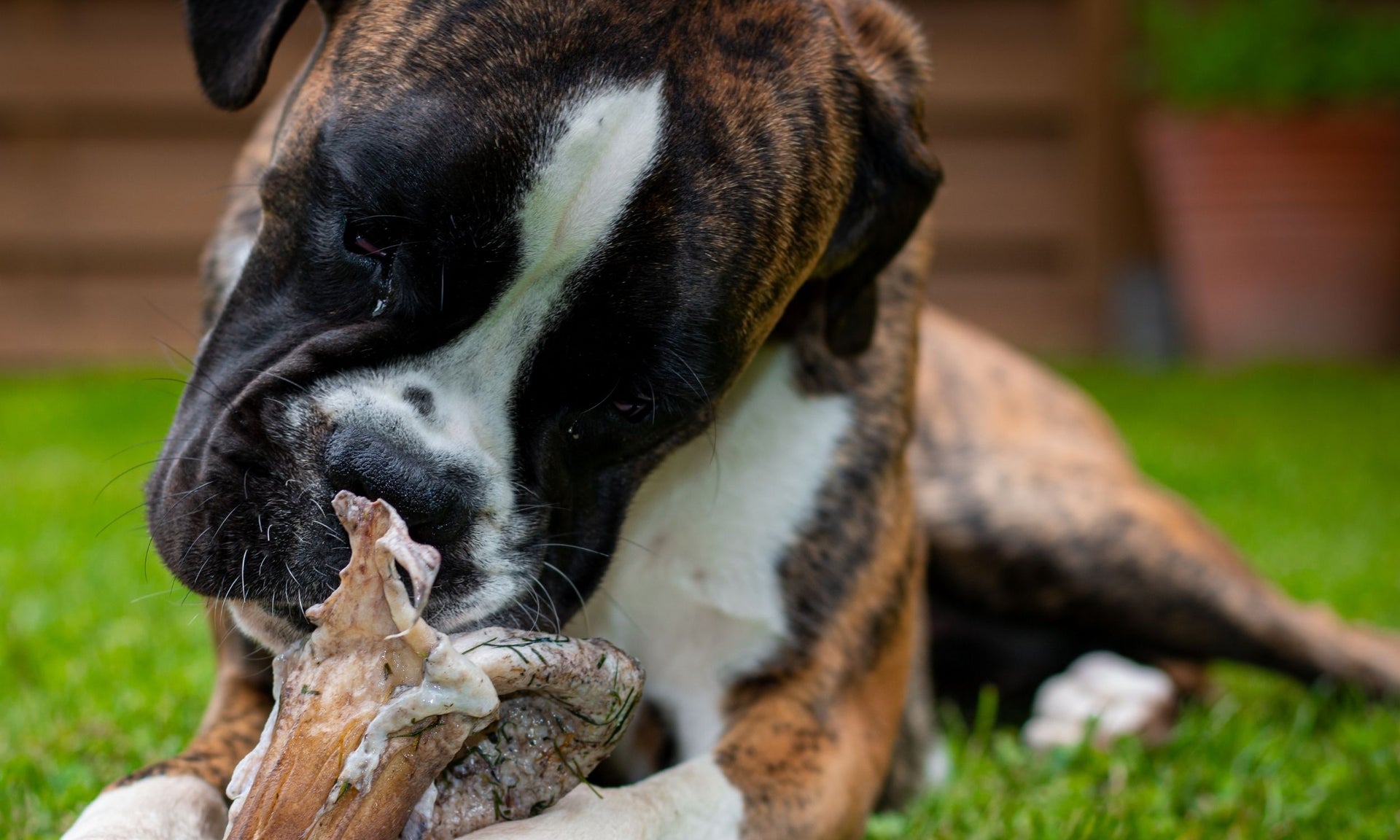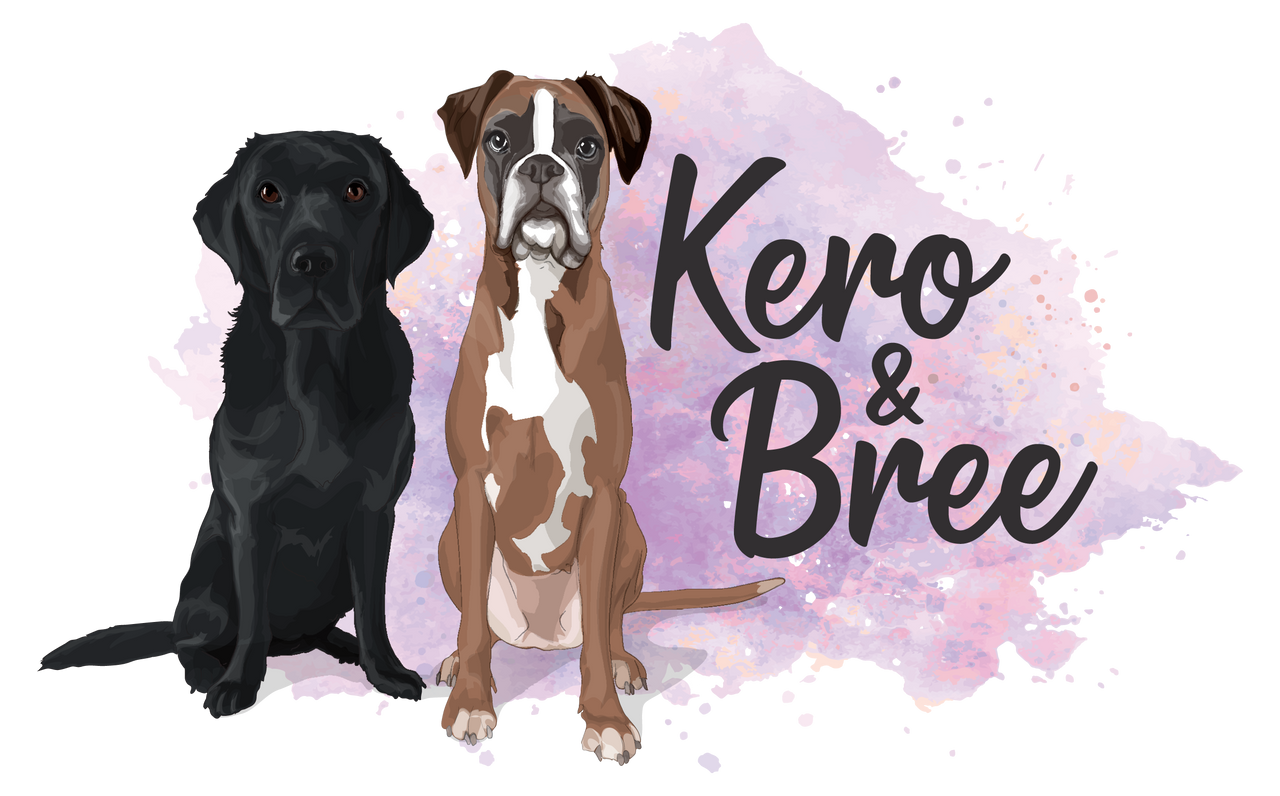
Why is rawhide bad for dogs?
For years, rawhide has been a popular chew treat for dogs, touted for its ability to keep them entertained and promote dental health. However, as our understanding of canine nutrition and well-being deepens, concerns about rawhide safety have come to the forefront. In this blog, we'll explore why rawhide might not be the best choice for your dog and delve into alternative options for a safer and healthier chewing experience.
Table of Contents
What is rawhide?
Is rawhide considered a natural dog chew?
How is rawhide made?
Can dogs eat rawhide?
Is rawhide safe for dogs?
Rawhide alternatives for dogs
What is rawhide?
Rawhide is a dog chew made from the inner layer of animal hides (their skin), most commonly cattle. It is processed and shaped into various forms, such as bones, twists, or rolls, before being dried into the rawhide dog treats as we know them.
Is rawhide considered a natural dog chew?
Rawhide is made from the inner layer of animal hides that have been chemically cleaned, cut, and dried. While it may derive from a natural source, turning it into the chewable treats as we know them involves much processing. Manufacturers use a combination of chemical treatments and preservatives to create the final product.
It's important for dog parents to be aware that the term "natural" can be somewhat ambiguous in the dog food and treat industry. Here is how the European Pet Food Industry Federation (FEDIAF) define the term natural:
“The term “natural” should be used only to describe substances in pet food (derived from plant, animal, microorganism or minerals) to which nothing has been added and which have been subjected only to such physical processing as to make them suitable for pet food production and maintaining the natural composition.”
In the case of rawhide, the "natural" aspect stems from its origin as an animal by-product. However, extensive physical processing compromises its natural state; therefore, it cannot be considered a natural dog chew.
If you're looking for a truly natural alternative, exploring options like natural dog chews and treats made from simple, minimally processed ingredients such as dried meats is worthwhile.
How is rawhide made?
Manufacturers create rawhide through a multi-step process that transforms animal hides into the familiar treats many pet parents offer their dogs. Although producing rawhide chews is an age-old practice, understanding the process sheds light on why they are not the best choice for our pups.
The rawhide journey begins with manufacturers procuring animal hides, often sourced from cattle. To preserve the hides during transport, manufacturers either apply salt or immerse them in salt brine to prevent decomposition.
During processing, manufacturers soak the hides in water to remove salt, dirt, and any other materials that may be present. Then, they treat the hides with a chemical solution to help strip the hair and remove residual flesh or fat. This process is known as "liming."
After liming, manufacturers separate the hides into two layers. They reserve the outer layer for making high-quality leather products and use the inner layer for cheaper, lower-quality leather products and other items like rawhide dog chews.

In the production of rawhide chews, manufacturers subject the hides to chemical washing with hydrogen peroxide to clean and sterilise them, causing the rawhide to turn a yellow-white colour. This step is followed by cutting, rolling, and folding the rawhide into various shapes and sizes. During these manufacturing stages, manufacturers may add additional flavourings and colours to enhance the appeal of the rawhide chews before drying.
Understanding the journey of rawhide production can provide valuable insights into why many dog parents are exploring alternative, safer options for their pups. In the following sections, we'll delve into why rawhide is bad for dogs and explore healthier alternatives for their chewing needs.
Can dogs eat rawhide?
While dogs are known for their love of chewing, it's essential to recognise that although dogs can technically eat rawhide, it doesn't necessarily mean they should.
The digestibility of rawhide is a significant concern, as it can be challenging for dogs to break down in their digestive systems. Some dogs may be prone to gulping down large pieces, leading to potential choking hazards or gastrointestinal blockages. Additionally, there are concerns regarding the chemical additives in manufacturing rawhide treats that can introduce harmful substances into your dog's system.
Is rawhide safe for dogs?
The safety of rawhide for dogs is a topic of ongoing debate among many. While some dogs may chew rawhide without issues, there are significant concerns about its safety:
1. Digestibility concerns/obstructions
One of the primary reasons why rawhide is considered problematic for dogs is its digestibility—or lack thereof. Rawhide is often challenging for dogs to break down in their digestive systems, which can lead to potential blockages or gastrointestinal issues, posing a serious threat to your dog's health.
2. Choking hazard
Rawhide treats come in various shapes and sizes, and some dogs may be prone to gulping them down without proper chewing, which can result in large chunks breaking off and becoming a choking hazard, particularly for smaller breeds or dogs who tend to be voracious chewers.
In addition, as dogs chew rawhide, it develops a gum-like consistency, increasing the risk of soft, sticky pieces that may adhere to the throat, exacerbating the choking hazard.
3. Chemical additives
The process of manufacturing rawhide treats involves the use of chemicals. These chemical additives can introduce harmful substances into your dog's system, potentially leading to adverse reactions or long-term health issues.
Rawhide alternatives for dogs
Fortunately, there are plenty of safe and enjoyable alternatives to rawhide that cater to your dog's chewing needs without compromising their well-being:
- Natural dog chews: Provide your dog with a satisfying chewing experience by opting for air-dried chews made with wholesome, natural ingredients. Look for products with minimal ingredients, and always supervise your dog when giving them natural chews.
- Raw meaty bones: Selecting raw meaty bones, such as lamb necks or pork ribs, from reputable sources can provide a safer chewing option. Make sure the bones are not weight-bearing bones and large enough for your dog to prevent choking, and always supervise your dog when chewing. Avoid cooked, smoked or dried bones, as they can splinter.
- Enrichment toys: Durable dog enrichment toys you can fill with food and treats can serve as excellent rawhide alternatives. They come in various sizes, shapes and textures; these toys offer a satisfying chewing experience and mental stimulation for your dog.
While rawhide has been a traditional go-to for many dog parents, understanding the potential risks of this chew treat is crucial. By opting for safer alternatives that prioritise your dog's health and well-being, you can ensure they enjoy a satisfying chewing experience without compromising their safety.
If you liked this post, you might enjoy 8 steps to dog enrichment toy success or A complete guide to dog lick mats.
[ POSTED 02 APRIL 2021 | UPDATED 20 NOVEMBER 2023 ]
